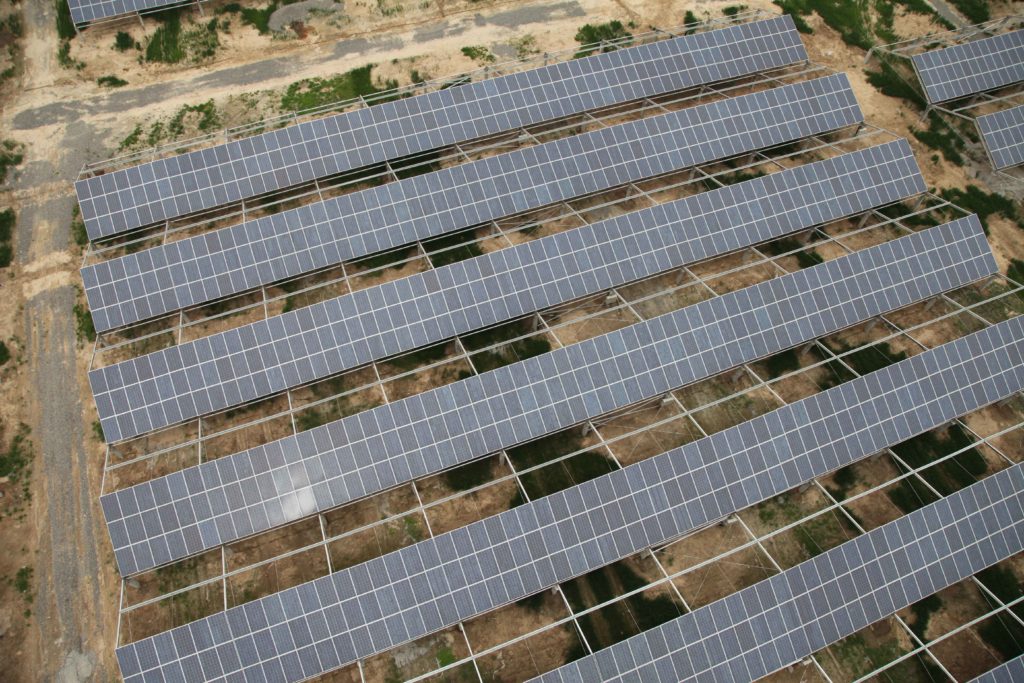
China’s National Energy Administration has kickstarted the second batch of large-scale wind and solar PV projects under the country’s multi-hundred-gigawatt desert renewables scheme.
A notice issued earlier today (6 December) by the NEA launched the organization of the second tranche of projects, requesting provincial-level energy authorities to submit projects by 15 December 2022.
Unlock unlimited access for 12 whole months of distinctive global analysis
Photovoltaics International is now included.
- Regular insight and analysis of the industry’s biggest developments
- In-depth interviews with the industry’s leading figures
- Unlimited digital access to the PV Tech Power journal catalogue
- Unlimited digital access to the Photovoltaics International journal catalogue
- Access to more than 1,000 technical papers
- Discounts on Solar Media’s portfolio of events, in-person and virtual
Or continue reading this article for free
Individual projects are to be of 1GW in size, and no more than two separate entities can form consortia to bring projects forward. It is also intended that the projects incorporate both wind and solar PV where possible.
It is understood that the second batch of projects will again focus on development in China’s desert regions, including the Gobi Desert.
The notice confirms that it will be the province’s responsibility to promote development and construction of projects, and facilities will only be awarded official designation if they are completed on time.
Projects able to start construction next year are expected to be completed in 2023, however some projects will be allowed to complete in 2024 subject to market conditions.
In October this year China signalled the start of the first phase of a rollout of renewable energy projects in the country’s desert regions. President Xi Jinping announced the project at a UN Biodiversity Conference, with the scheme feeding into a wider aim for the country to reach 1.2TW of installed solar and wind capacity by the end of the decade.
It is understood that by the end of October, about 51.68GW worth of projects had started construction.







